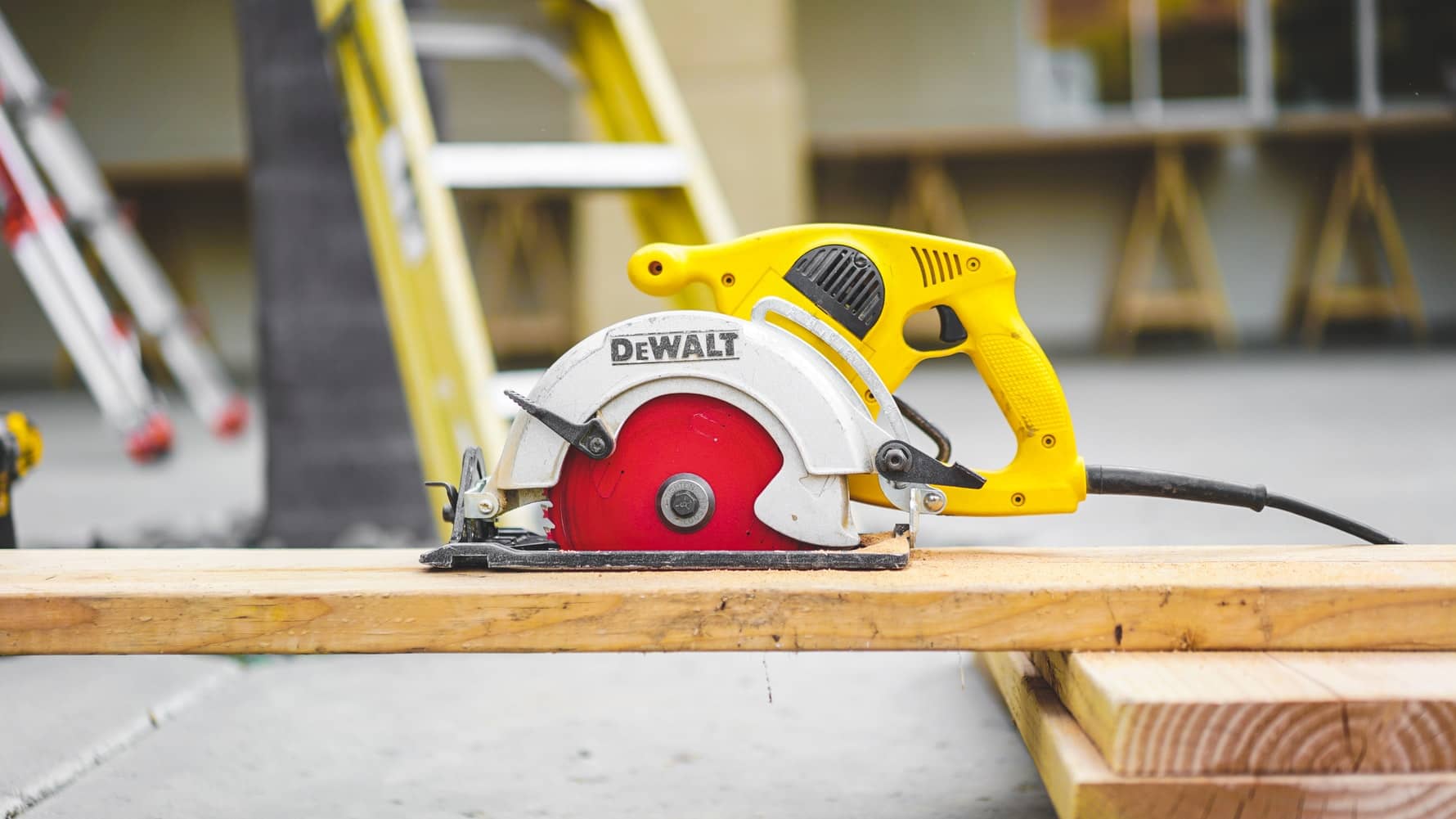Plans for houses in the next 15 years across the Isle of Wight have been unveiled in the latest version of the Island Planning Strategy (IPS).
The IPS out for public consultation sets out what is expected across the Island, with a revised housing target of 486 homes built each year.
IWC under presumption of allowing sustainable development
The Island has previously failed to meet its government-set targets, leading to the planning authority being under presumption of allowing sustainable development.
The IPS will be part of a case put to government, asking for exceptional circumstances for the Island and the revised target.
Mix of new homes across the Island
As part of the IPS, housing growth has been determined for towns and villages with some expected to provide no properties over the 15-year period; up to the highest area, Newport, where 2,136 new homes have been allocated.
In total there is a planned growth of 5,735 new homes, although more sites could come forward.
See what is planned for your area here:
West Wight area – accounts for 4.5 per cent of the planned growth.
- Freshwater, Totland and Colwell – 255
- Yarmouth – 0
- Brighstone – 0
- Wellow – 0
- Shalfleet – 0
- Calbourne – 0
- Thorley – 0
The housing proposed for Freshwater, Totland and Colwell is across six sites — one brownfield, three greenfield and two mixed sites.
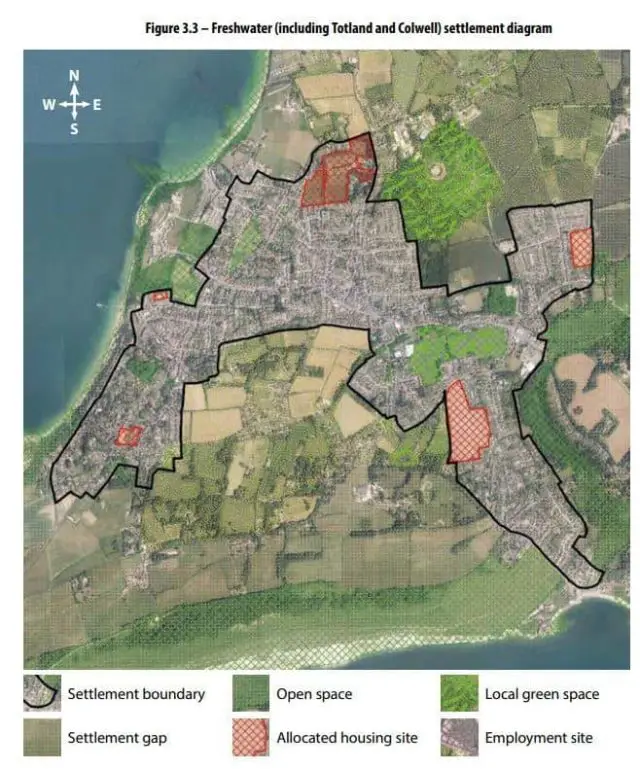
There is a potential 89 affordable homes available across the developments.
Funding gained from the schemes is hoped to go towards the green highway — a shared pedestrian and cycle track linking the West Wight to Newport.
Over the 15 years of the plan, 17 houses a year should be built to meet its allocated growth.
West Medina area — accounts for 16.5 per cent of the planned growth.
Cowes, Gurnard and Northwood – 947
Providing 16.5 per cent of the planned growth in the IPS, as well as being a primary settlement, the area is set to play a ‘significant role in being able to accommodate growth in a sustainable way’, equating to 63 homes a year over the plan.
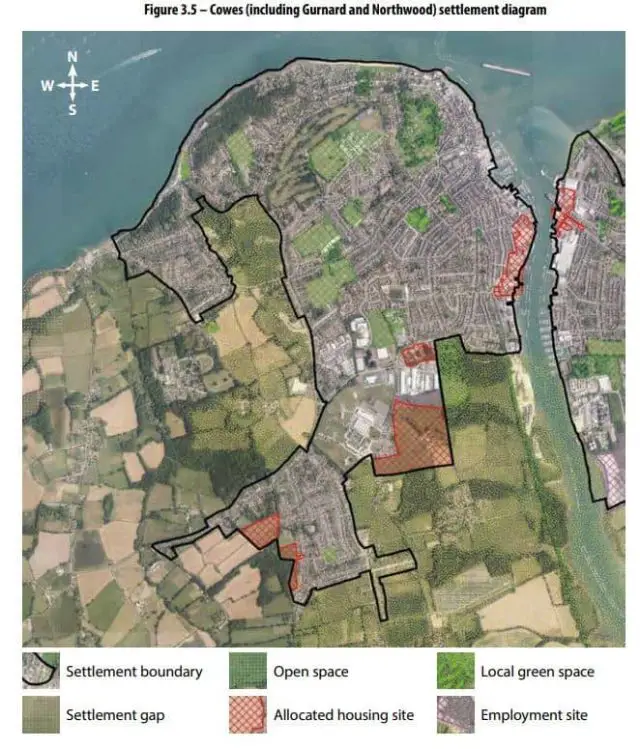
Two sites have already been granted planning permission to provide some of the allocated housing in the area, with six others — three brownfield and three greenfield — hoped to fulfil the rest of the quota.
With the schemes, there is a potential to provide 332 affordable homes but the most sensitive parts of the Jordan Valley will be protected and settlement gaps retained.
New employment floorspace is also allocated and through funds paid from the developments, the Cowes to Newport cycle track is set to be enhanced.
Newport — accounts for 37.2 per cent of the planned growth.
Newport – 2,136
Again, as a primary settlement, the focus is on Newport to provide planned growth, containing two key sites already owned by the public sector — Camp Hill and Newport Harbour — and building 142 homes a year.
The two major developments are thought to be able to provide at least 1,450 homes — or 68 per cent of the allocated growth for Newport alone.
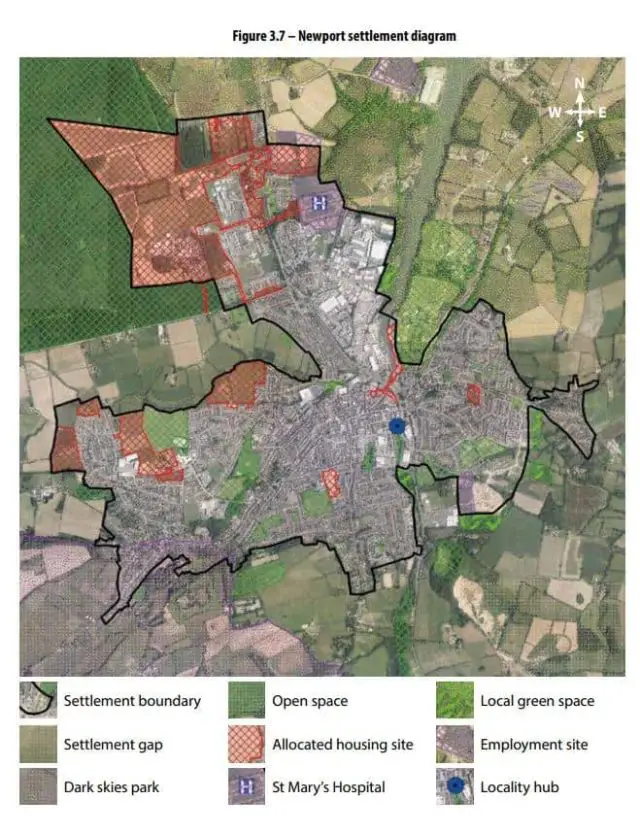
The installation of the St Mary’s Junction was partially done to future proof the junction against the increased level of traffic that the Camp Hill development would bring.
Across 11 sites — three brownfield, two mixed and six greenfield — there is the potential to provide 748 affordable homes. Two sites already have planning permission.
Land has been set aside for a health hub at St Mary’s that includes extra care properties, assisted living, intermediate step-down care, healthcare employment and other clinical facilities.
East Medina — accounts for 8 per cent of the planned growth.
- East Cowes – 308
- Wootton – 90
- Arreton – 42
- Rookley – 21
- Merstone – 0
Four of the sites — two in East Cowes and the housing proposed for Arreton and Rookley — already have planning permission.
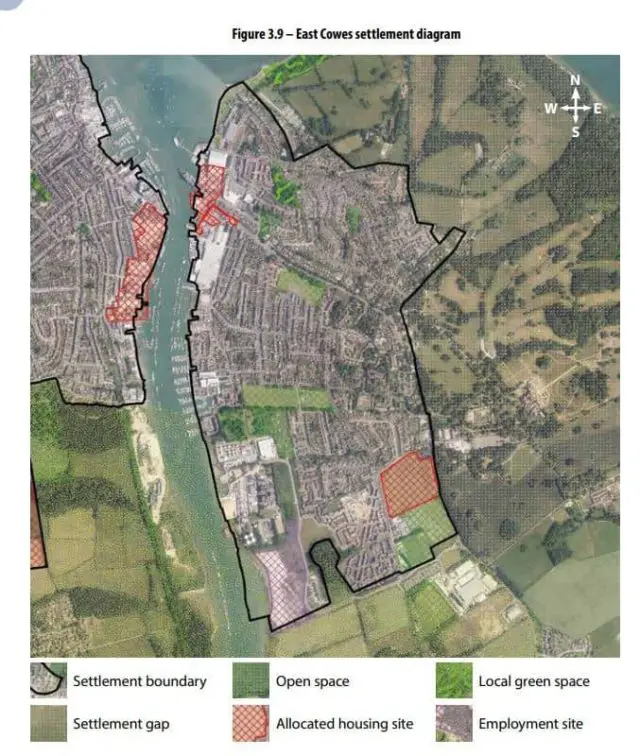
The other four sites to provide the planned growth — two in East Cowes and two in Wootton — are made of one brownfield and three greenfield areas.
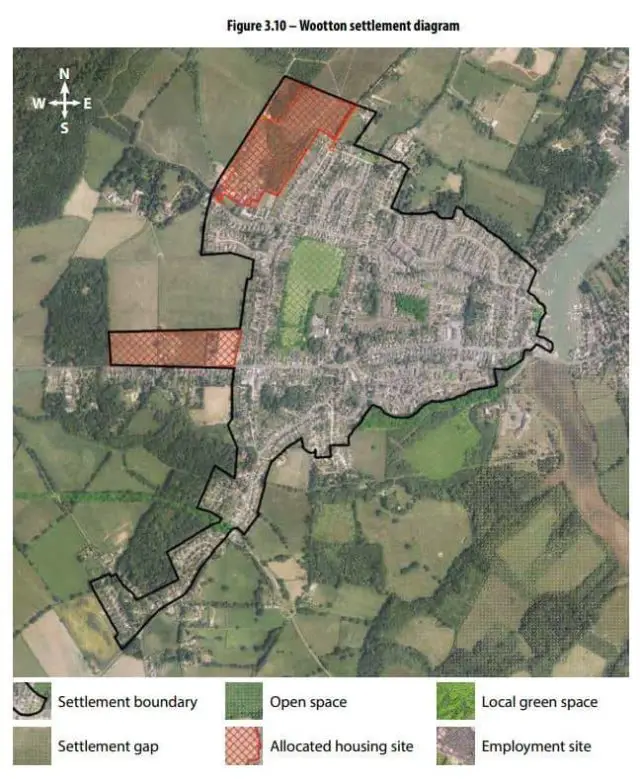
Across the developments, there is a potential to provide 176 affordable homes.
A new development of the Kingston Marine Park, in East Cowes, could deliver over six hectares of new employment floorspace.
With Red Funnel’s car ferry terminal based in East Cowes, the IPS said the council will continue to work with the ferry operators to ensure already permitted improvements to the marshalling yard area, better traffic management within the town and wider public realm improvements are delivered.
It is also hoped the cycle track between East Cowes and Newport will be completed.
Over the 15 year plan period, 31 houses could be built.
Ryde area — accounts for 27.6 per cent of the planned growth.
- Ryde – 1,373
- Bembridge – 193
- Brading – 0
- Seaview – 17
- St Helens – 0
- Havenstreet – 0
In the developments allocated for the Ryde area, proposed to build 106 homes a year, there is the potential to provide 554 homes.
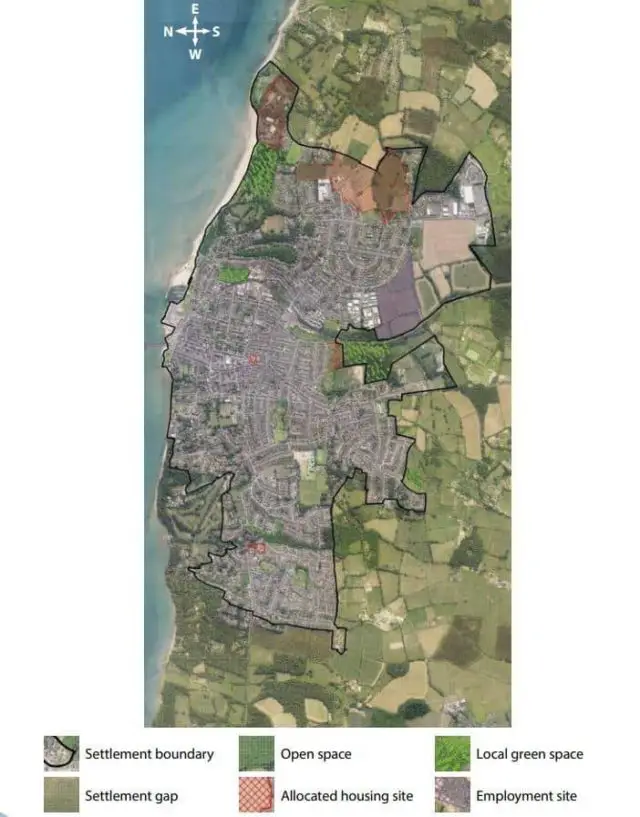
With the approved Nicholson Road business park development, there are over 14 hectares of employment land allocated in the area providing opportunities for more jobs and community uses close to residential areas.
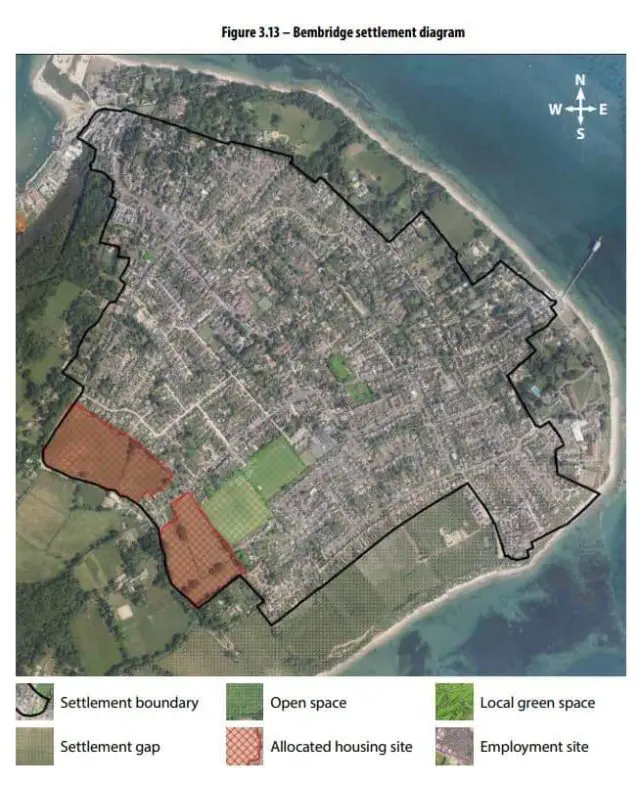
In Ryde and Bembridge, the housing schemes will be developed across seven allocated sites — with another four large sites already granted permission — three being brownfield and the other four, greenfield.
The Bay area — accounts for 6.2 per cent of the planned growth.
- The Bay (Sandown, Shanklin and Lake – 243)
- Ventnor – 10
- Godshill – 100
- Niton – 0
- Wroxall – 0
- Chale Green – 0
- Newchurch – 0
- Whitwell – 0
- Apse Heath – 0
- Winford – 0
Although it is a primary settlement The Bay is limited in the role it can play in accommodating growth due to constraints like flood risk, topography and coastal issues. It is set to build 24 homes per year.

Seven sites across The Bay and Godshill are allocated — six brownfield and one greenfield — and a further four sites with planning permission could prove 124 affordable homes.
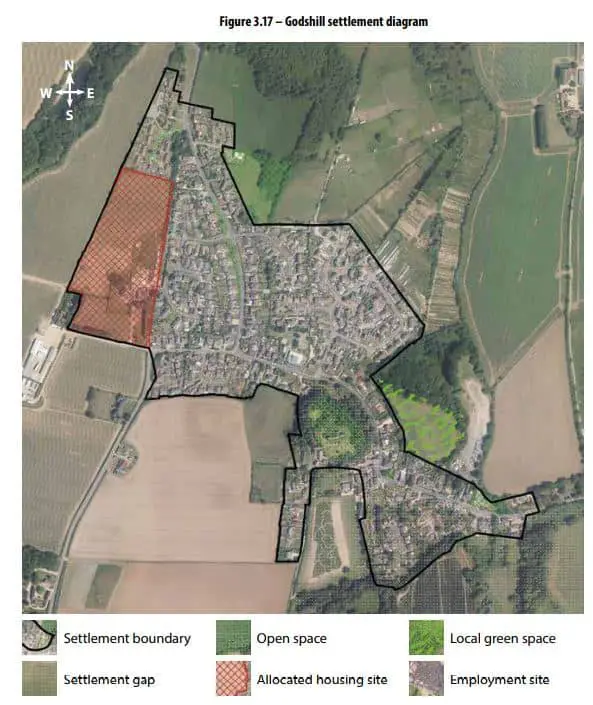
Over 3.5 hectares of employment land is allocated across two sites, one at Sandown Airport and the other at Lowtherville in Ventnor.
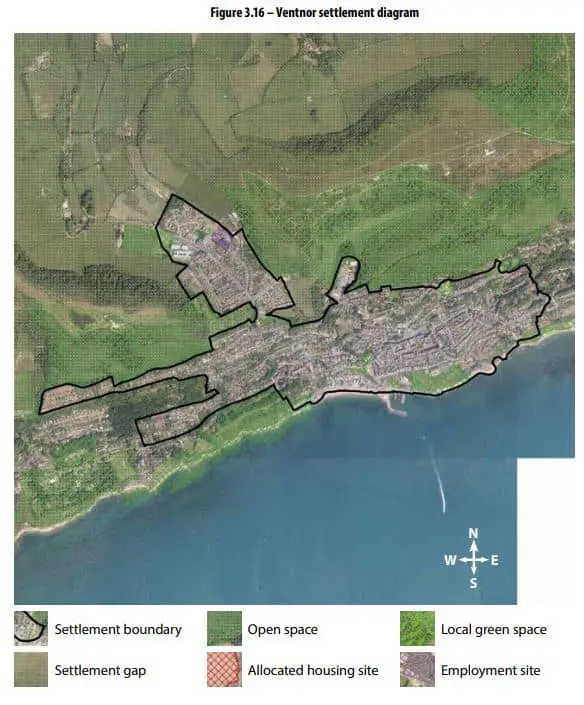
A new locality hub is planned for the area bringing together health and wellbeing services, expanding on the existing healthcare facilities at 1Leisure Heights.
Full details can be found in the document embedded below. Make your comments on the consultation by visiting the council’s Website.
This article is from the BBC’s LDRS (Local Democracy Reporter Service) scheme, which News OnTheWight is part of. Read here to find about more about how that scheme works on the Island. Some alterations and additions may have been made by News OnTheWight. Ed
Image: Greyson Joralemon under CC BY 2.0

